By Mason B. Webb
On all sides, shells detonated in bloody geysers, bullets churned the water, which looked as if it were agitated by a storm, and wounded Marines, some hideously disfigured and dying, shouted, even begged, for help.” So begins John Wukovits’s latest chronicle of the Pacific campaign, titled One Square Mile of Hell: The Battle for Tarawa (Caliber, New York, 2006, 320 pp., photographs, maps, bibliography, index, $24.95, hardcover), and he maintains the tension of that bloody opening throughoutthe book.
It is probably safe to say that very few of the 35,000 young American Marines who waded ashore on November 20, 1943, had ever heard of the Gilbert Islands or Tarawa Atoll while they were growing up, or had ever pinpointed its main island, Betio, on a map in a high school geography class. But now they were up to their waists in the atoll’s seawater, which was being roiled by bullets and shell fragments, and were clawing their way onto its tropical beaches, dying by the score in an effort to wrest it away from determined Japanese soldiers whose mission was to kill Marines or die trying.
And try they did. Of the atoll’s nearly 8,000 defenders (which included Korean civilian laborers pressed into service by the Japanese), nearly all of them were wiped out in the four-day battle. U.S. casualties were high, also. Out of an invading force of 35,000 Marines and Navy personnel, some 1,500 were killed. The battles for Tarawa, Makin, and Betio were precursors to the enormous and costly struggles that would take place across the vast expanse of the Pacific in the next 20 months.
Wukovits, whose stunning Pacific Alamo: The Battle of Wake Island set a new standard for combat chronicling, is an expert at thrusting the reader into the smoke and stench of battle. From his personal interviews with survivors, Wukovits follows a group of young Marines from enlistment, through boot camp, and then on their long voyage across the Pacific, where they faced death on a massive scale.
Few other authors can weave personal memoirs with factual historical narrative with Wukovits’s skill and achieve the overall effect of placing the reader smack in the middle of the action. Over and above that, Wukovits, who writes frequently for WWII History, dramatically demonstrates the amount of courage it took to defeat a tenacious enemy who had nothing to live for.
It will be hard to find a better book about Tarawa—or a better book about combat, period—than One Square Mile of Hell.
The Few: The American “Knights of the Air” Who Risked Everything to Fight in the Battle of Britain, by Alex Kershaw, Da Capo Press, New York, 2006, 300 pp., photographs, bibliography, index, $29.95, hardcover.
The war in Europe had been raging for nearly a year, but still the United States kept out of it. Upset by their country’s officially neutral stance, thousands of Americans were itching to get into combat. Even though they knew that it might cost them their U.S. citizenship—not to mention their lives—a few hundred Yanks went to Britain and signed up to fly and fight for the Royal Air Force in what became known as “The Battle of Britain.”
Alex Kershaw, author of The Bedford Boys and The Longest Winter, tells the riveting, inspiring story of eight Americans who fought side by side with England’s finest, bravest pilots. Flying the powerful Supermarine Spitfire, they became the “knights of the air” who, with minimal training but plenty of guts, dueled and downed the skilled aces of Germany’s Luftwaffe. Of those eight, all but one died during the war.
Day after day, night after night, the RAF flyers rose from their grassy airstrips in the east of England to battle the foe in the skies above the island nation. And day after day, night after night, the RAF flyers returned to their bases, bloody, battered, fewer in number than when they had left, but unbowed. The RAF and the Eagle Squadrons, as the Yank flyers were known, had inflicted enormous losses on the hitherto undefeated enemy and, by October 1940, had helped out-manned Britain defeat Hermann Göring’s much feared Luftwaffe and stave off Hitler’s planned invasion.
Winston Churchill once declared, “Never in the field of human conflict was so much owed by so many to so few.” The Americans of the Eagle Squadrons were the few among the “few.” Kershaw’s superb prose makes this a definite must-read.
Masters of the Air: America’s Bomber Boys Who Fought the Air War Against Nazi Germany, by Donald L. Miller, Simon & Schuster, New York, 2006, 671 pp., photographs, maps, bibliography, index, $35.00, hardcover.
For readers who enjoyed Stephen Ambrose’s The Wild Blue and James Bradley’s Flyboys, Masters of the Air is another blockbuster book about America’s intrepid airmen.
Focusing on the Eighth Air Force based in England, author Miller captures in words the type of young man who was called upon to risk his life day after day to drop bombs on the enemy. As Miller notes, “American bomber crews learned to fight the air war by experience and experiment, every mission a learning exercise. It was a special kind of experience, different from that of the ground forces.”
Indeed, before joining the Air Force, most bomber crewmen had never even been passengers in airplanes. The crewmen had to learn in a hurry, for there was no margin for error at 30,000 feet and hundreds of miles from friendly territory. And the Eighth’s casualties were staggering: more than 26,000 killed (30 percent more than the entire U.S. Marine Corps suffered) and 28,000 taken prisoner.
Miller’s deeply personal story, drawn from oral histories, manuscript collections, unpublished memoirs, and hundreds of published accounts, gives the reader an uncannily
realistic sense of what the pilots and crews went through from a physical and a psychological sense. He deftly captures the feelings of frostbite, oxygen deprivation, and mental strain that were even greater threats than enemy fighters and flak.
Masters of the Air also captures the story of life on the ground in wartime England—in bomb-torn London as well as the once sleepy hamlets in the countryside that the boisterous Americans completely transformed. Miller also explores the ongoing argument of the morality of the indiscriminate bombing of cities full of noncombatants and the surprising lack of effect the bombing had on German war industries. He concludes that strategic bombing did not win the war in Europe—but the war could not have been won without it.
A complex and sobering aerial view of the war that should not be missed.
Sea of Thunder: Four Commanders and the Last Great Naval Campaign, by Evan Thomas, Simon & Schuster, New York, 2006, 414 pp., photographs, maps, bibliography, index, $29.95, hardcover.
Like a skilled shipfitter, Evan Thomas has seamlessly welded together a powerful book made up primarily of the biographies of four naval combatants: Admiral William F. Halsey, Jr., Commander Ernest Evans (he the commander of an heroic, ill-fated destroyer, the Johnston), and Japanese Admirals Takeo Kurita and Matome Ugaki.
Although a superbly told, overall history of the Pacific War, Sea of Thunder saves its best punch for last—the October 1944 Battle of Leyte Gulf, the biggest, wildest, and most devastating sea battle of all time. Fought by 200,000 men, hundreds of land- and carrier-based warplanes, and 300 ships over a watery battlefield some 100,000 miles square, the Battle of Leyte Gulf spelled ultimate doom for the Japanese empire and eventual victory for the Americans—in spite of many blunders.
Convinced he was on the verge of a major victory, Halsey took the bait offered by a decoy force and sailed away from the crucial main action without permission, leaving his fellow Americans without the vital cover his ships were to provide. For Kurita’s part, he withdrew his forces and sailed back to Japan, even though the Japanese were, unknowingly, on the cusp of defeating the ragged, battered American escort carrier force off the Leyte beaches.
As Thomas writes, “Cultures clash; nations do battle. But in the end wars are fought, and won or lost, by the actions of individuals— heroes and cowards, the prudent and wanton, ordinary men reacting, not always predictably, to extraordinary circumstances.”
Working with new documents, a wealth of official and personal reports, and even interviews with the friends and family members of the Japanese commanders, Thomas has written a powerful account of this massive, all-important battle from a unique perspective.
Heydrich: The Face of Evil, by Mario Dederichs, Greenhill Books, St. Paul, MN, 2006, 240 pp., bibliography, index, $29.95, hardcover.
If evil could be personified, it likely would have taken the form of Reinhard Heydrich, a complex and contradictory figure. Tall, blond, athletic, musically gifted, a sensitive, loving father and husband, Heydrich was also as ruthless, scheming, calculating, and cold-blooded as anyone who ever wore the SS runes on his collar, for it was he who was the Third Reich’s architect of the Holocaust.
Head of the much feared Reich Security Service (SD), Heydrich was given the post of “Protector of Bohemia and Moravia” in the conquered Czechoslovakia—and a cruel “protector” he was. In fact, so hated was he by those under his heel that he was marked for assassination by a group of Czech partisans. The group trained in England and was dropped by parachute into Czechoslovakia where, in May 1942, it succeeded in its mission, which turned out to be a suicide mission. As part of their retaliation, the Nazis leveled the Czech town of Lidice and murdered all its citizens.
There have been several comprehensive biographies of Heydrich, but Mario Dederichs’s fine depiction burnishes new facets of the life and times of the man some have called “The Blond Beast.” Dederichs, who passed away shortly after completing this manuscript, had access to Heydrich’s widow’s memoirs and was able to obtain rare interviews with his son and daughter, thus creating a more complete and personal portrait than ever before.
For those who wish to learn more about the workings of Hitler’s inner circle, and the types of individuals who held the reins of power in the Third Reich, Dederichs’s book provides a chilling glimpse into this frightening world.
Holding Juno: Canada’s Heroic Defence of the D-Day Beaches: June 7-12, 1944, by Mark Zuehlke, Douglas & McIntyre, Vancouver, Canada, 424 pp., photographs, maps, bibliography, index, $29.95, hardcover.
There seem to be very few books devoted to Canada’s considerable contributions to the war effort, but Mark Zuelke, the author of Juno Beach and The Gothic Line, has done much to fill this gap.
Operation Overlord, the invasion of France’s Normandy coast (popularly known as D-Day), was a combined U.S.-British-Canadian operation—the most important of the war, from the West’s viewpoint. It was the Canadians, landing at Juno Beach at Courseulles, between the British beaches of Gold and Sword, who made the deepest penetration of the day—six miles inland.
Although this drive toward the vital Carpiquet airport seemed spectacularly successful, the men of the 3rd Canadian Infantry Division knew the battle had just begun and that they would soon become the focus of a fearsome German counterattack. They were right.
Very quickly the Germans began amassing tank, infantry, and artillery units with which to throw the Canadians back into the sea. If the 3rd Division could be defeated, a huge gap would be torn in the Allied landing force’s tenuous hold on the beachhead. For six desperate and bloody days, the enemy smashed at the invaders with everything they had but, in the end, could not dislodge the Canadians. Although battered and bloodied, the Canadians held their ground and made possible the beginning of the advance across France toward Germany and the eventual Allied victory.
Basing Holding Juno on official archives, contemporary magazine and newspaper accounts, and interviews with more than two dozen veterans, Zuehle has created as fine and readable a history of Canadian courage as one is likely to find.
Darkest Hour: The True Story of Lark Force at Rabaul, Australia’s Worst Military Disaster of World War II, by Bruce Gamble, Zenith Press, St. Paul, MN, 304 pp., photographs, index, bibliography, $24.95, hardcover.
For whatever reason, far too few books about Australia’s participation and heroic sacrifices in World War II make it to these shores. Had it not been for Bruce Gamble’s remarkable history of Aussie courage at Rabaul, comparable at least with the American and Filipino doomed defense of Corregidor Island or the brave but futile U.S. stand at Wake Island, few Americans would know what went on there.
On January 23, 1942, an overwhelming force of some 20,000 Imperial Japanese Marines stormed ashore at Rabaul, located on the island of New Britain at the western end of the Solomon Islands, with the intent of seizing the island and turning Rabaul into a powerful naval base. Dug in to hold off the enemy were a mere 1,400 Australians. Hopelessly outmanned and outgunned, and without hope of reinforcement or rescue, the Aussies valiantly hung on and did their best to make every bullet count.
But it was no use. Although 380 men were able to escape the onslaught (but not the jungle-borne diseases that ravaged their numbers), the rest of the defenders were either killed or captured. As a further tragedy, 850 POWs and more than 200 civilian internees from Rabaul drowned when the Japanese ship transporting them to another island was torpedoed and sunk by an unknowing American submarine. It was the worst maritime disaster in Australian history.
Author Gamble pored over forgotten files and official reports and conducted interviews with the handful of surviving veterans to craft this tragic, heroic story. A terrific tale about a little-known (to Americans) battle.
Short Bursts
Final Patrol: True Stories of World War II Submarines, by Don Keith, Caliber, New York, 2006, 331 pp., photographs, index, appendix, $15.00, softcover.
In the early months of World War II, American’s submarine force stood as the thin gray line between victory and defeat in the Pacific. Although small in number, by war’s end the subs had accounted for nearly 60 percent of Japan’s shipping losses and had made a major contribution to the Allied victory. The cost of that victory was high, however. Twenty percent of the entire submarine force was lost—the highest casualty rate of any branch of service in the U.S. military.
In addition to chronicling the war patrols of 16 of America’s World War II submarines and their crews, Don Keith does something unique in Final Patrol. He takes readers on a tour of all 16 of the subs (and the German U-505) that are currently in museums open to the public, plus provides a fascinating, behind-the-scenes look at how the submarines on display reached their final resting places.
Final Patrol is a well-written account of the undersea world of the submarines and a worthy salute to the men who served in them.
Bomber Harris: His Life and Times, by Henry Probert, Greenhill Books, London, 2006, 432 pp., photographs, index, bibliography, $15.95, softcover.
The bombing of cities during the war remains controversial to this day, and a figure at the heart of the controversy—the head of the Royal Air Force’s Bomber Command, Air Marshal Sir Arthur Harris—remains largely a shadowy, unknown personality. Author Henry Probert has shed light on the complex, multifaceted Sir Arthur in this insightful, penetrating biography.
Harris is credited (or blamed) for the first 1,000-plane raid—Operation Millennium, as it was known—on May 27-28, 1942, against Cologne. The raid resulted in 3,300 homes destroyed, another 9,500 damaged, and 45,000 persons left homeless. Following the success of this one attack, many more raids of a thousand planes or more were mounted.
Harris comes to life on the pages through Probert’s judicious use of quotes and correspondence that demonstrate the commander’s leadership qualities, professionalism, and decisiveness mixed with kindness, humor, and generosity.
Using for the first time Harris’s own extensive papers, Probert paints a complete picture of the man lauded by many and vilified by others—a portrait that both fans and detractors of Sir Arthur will find intriguing.
Four Stars to Valor: The Combat History of the 505th Parachute Infantry Regiment in World War II, by Phil Nordyke, Zenith Press, St. Paul, MN, 2006, 480 pp., photographs, maps, index, bibliography, $27.95, hardcover.
Few authors love the 82nd Airborne Division more than Phil Nordyke. His earlier books, All American All the Way and The All Americans in World War II, chronicled the division’s exploits in the Mediterranean and European theaters; Four Stars to Valor is his way of honoring one of the division’s stellar regiments—the 505th.
The 505th was the only regiment in World War II to make four combat jumps: Sicily, Salerno, Normandy, and Holland. Virtually all of the jumps met with one level of disaster or another (shot down by trigger-happy fellow Americans over Sicily, badly scattered at Salerno and Normandy, and cut off and nearly annihilated at Nijmegen).
But the 505th did more than simply take part in deadly, dangerous jumps; the unit had to perform as infantry once it hit the ground. And what battles and campaigns the 505th fought in on the ground: Sicily, Naples-Foggia, Normandy, Rhineland, Ardennes, and central Germany.
Basing his book on extensive archival research as well as the memoirs and interviews of over 300 veterans, Nordyke takes the reader from the 505th’s prewar days, through basic and airborne training, and into the unfriendly skies above enemy-held territory, conveying with remarkable immediacy and power what it was like to be an American airborne trooper engaged in heavy combat during World War II.
Four Stars to Valor is essential reading for anyone moved by the American fighting man’s courage, discipline, and devotion to duty.
Dunkirk: Fight to the Last Man, by Hugh Sebag-Montefiore, Harvard University Press, Cambridge, MA, 2006, 700 pp., photographs, maps, index, bibliography, appendices, $35.00, hardcover.
It is probably safe to say that most Americans know of Dunkirk in only the most general terms. After the British sent an expeditionary force to France in 1940 to bolster the French defenses against the invading German armies, they were pushed back to the shores of the English Channel, where they were subjected to unrelenting aerial and artillery pounding until rescued by the Royal Navy and a flotilla of private craft—and lived to fight another day.
Naturally, there is much, much more to the story than that, and author Hugh Sebag-Montefiore, in his epic volume Dunkirk, provides a stunningly detailed examination of the entire tragic yet heroic episode. He places special emphasis on the courage of a group of British and French troops deployed as a rear guard to protect the evacuation, which held off the German divisions and enabled the other battered battalions to escape to the coast and, ultimately, rescue.
Sebag-Montefiore, who had two ancestors rescued at Dunkirk, points out that had it not been for the ferocious bravery of the officers and soldiers on the ground, the German forces would likely have encircled nearly half a million Allied soldiers and emboldened Hitler to proceed with his planned invasion of the British Isles. By saving the men at Dunkirk, the noble defenders may just have prevented Hitler from winning the war.
Dunkirk is a dramatic, deeply moving tale of a battle that, although seen initially as a defeat, deserves to be remembered as one of the early and most important turning points of the war.
U.S. Marine Corps Handbook 1941-45, by George Forty, Sutton Publishing, Phoenix Mill, UK, 2006, 279 pp., photographs, maps, index, bibliography, appendices, $44.95, hardcover.
The word “Handbook” in the title is curious, as this profusely illustrated book by the eminent British military historian George Forty is, in actuality, a general history of all aspects of the U.S. Marine Corps during and just prior to World War II.
Included in this handsome volume are chapters on how the elite Marine Corps was organized; how and where it trained; how it conducted amphibious operations; other shore duty roles (such as guarding U.S. embassies); special units such as raiders and paratroops; Marine aviation; uniforms, insignia, vehicles, weapons, and equipment; the Women’s Reserve; a history of each of the six Marine divisions; a chronology of the Pacific and Far East campaigns; and brief biographies of some of the most famous Marines, such as John Basilone, Pappy Boyington, Chesty Puller, and more.
In short, U.S. Marine Corps Handbook 1941-45 is an enormously informative and entertaining look at one of America’s elite fighting units.
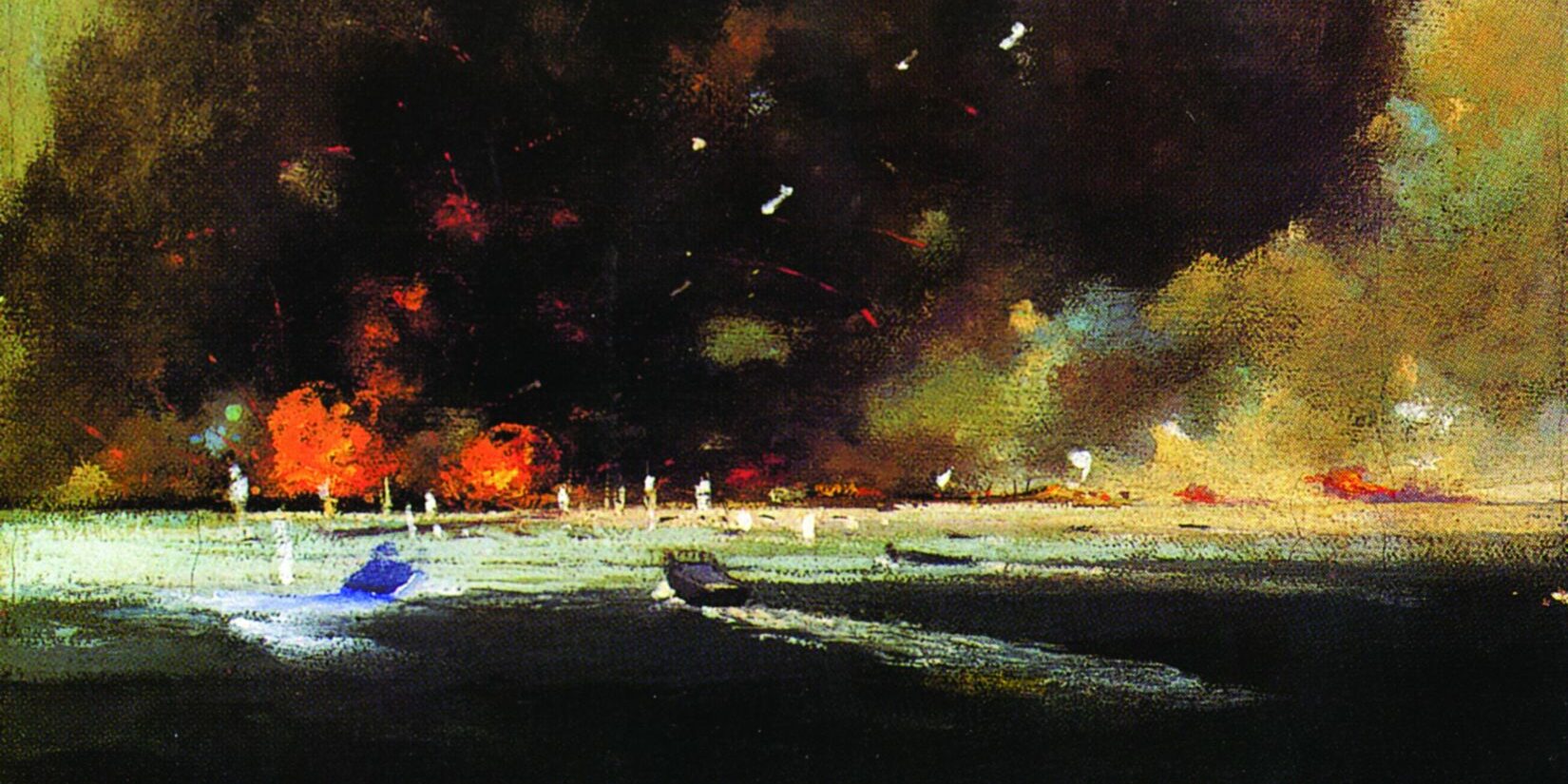
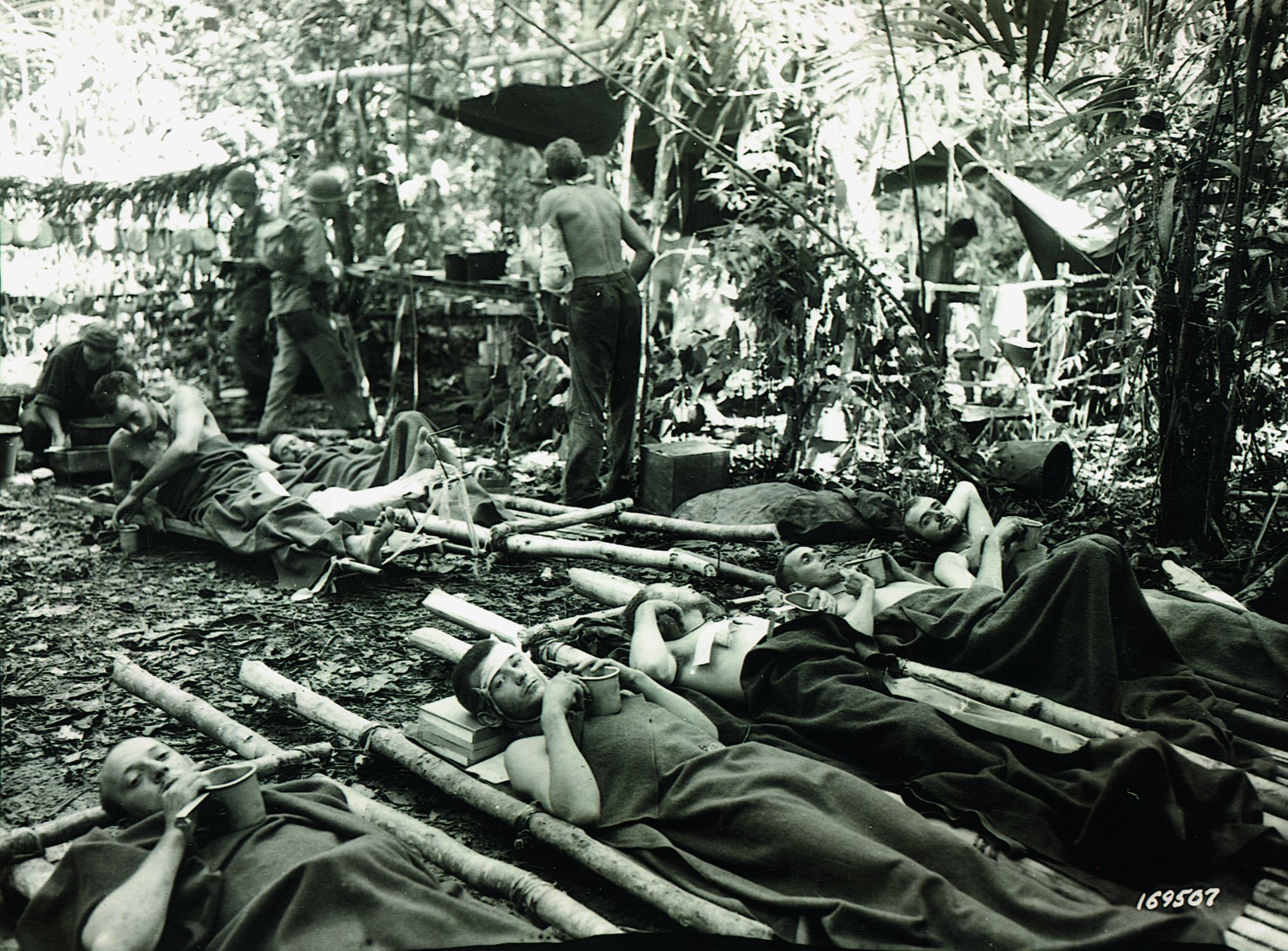
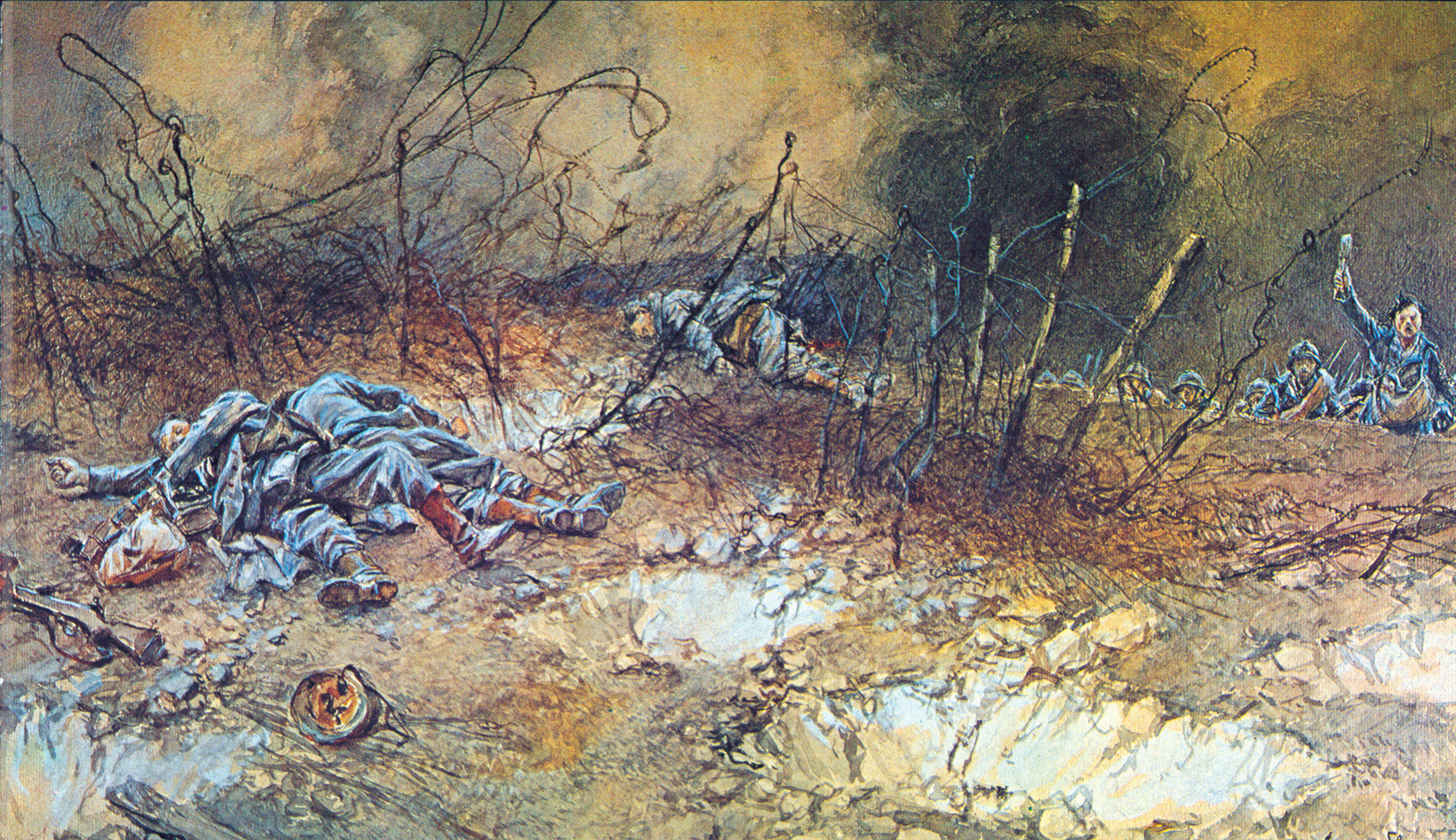

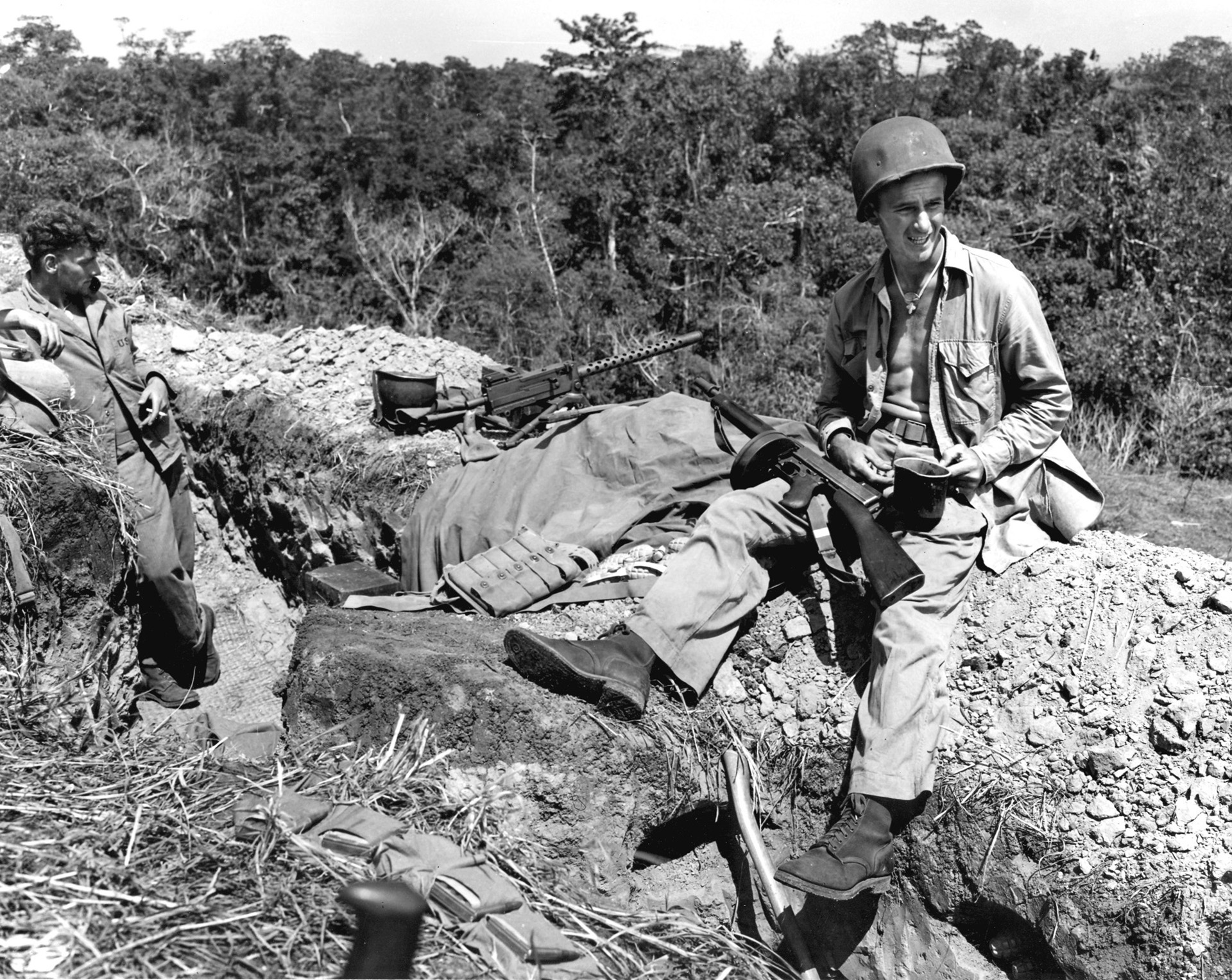
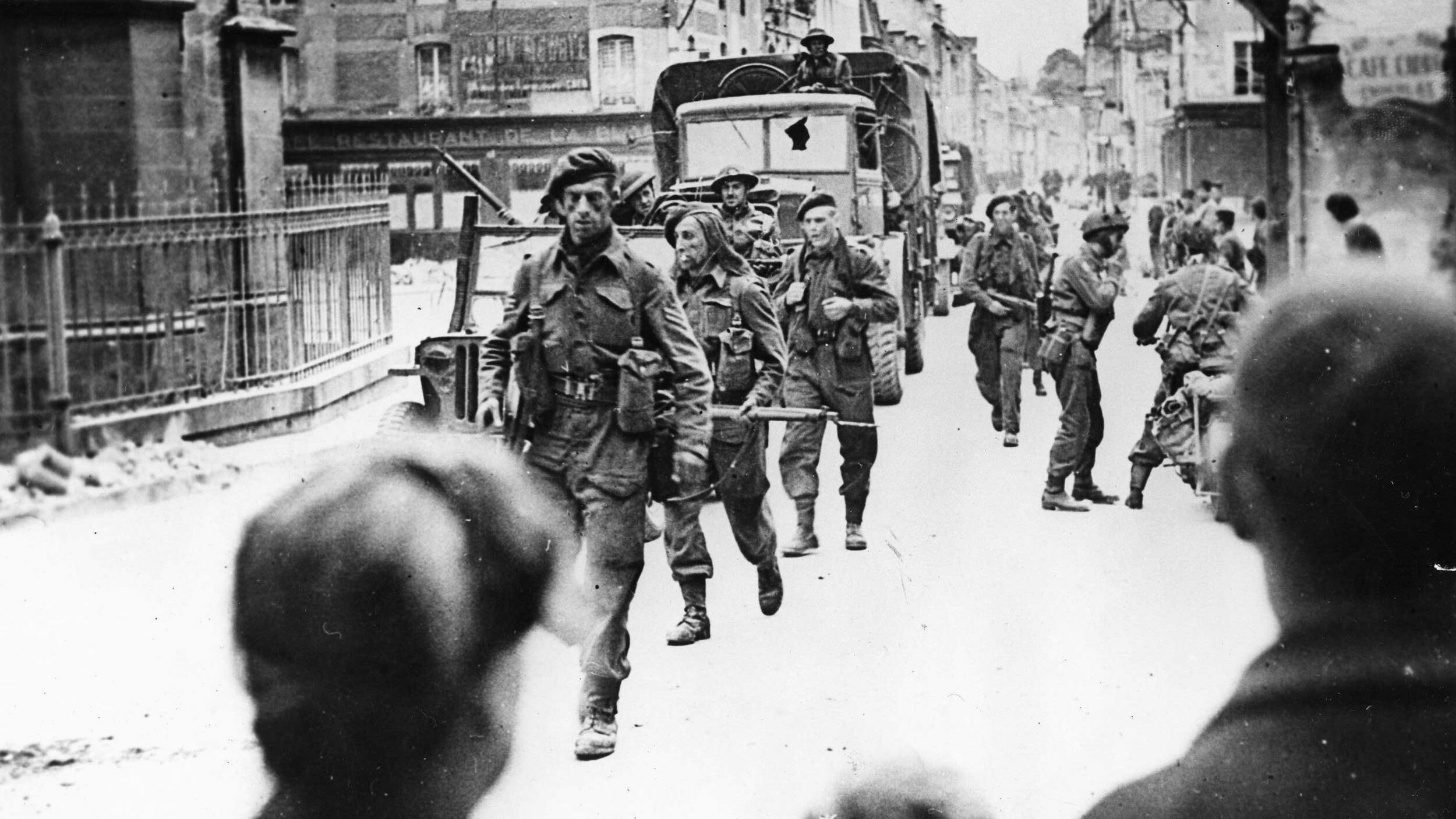
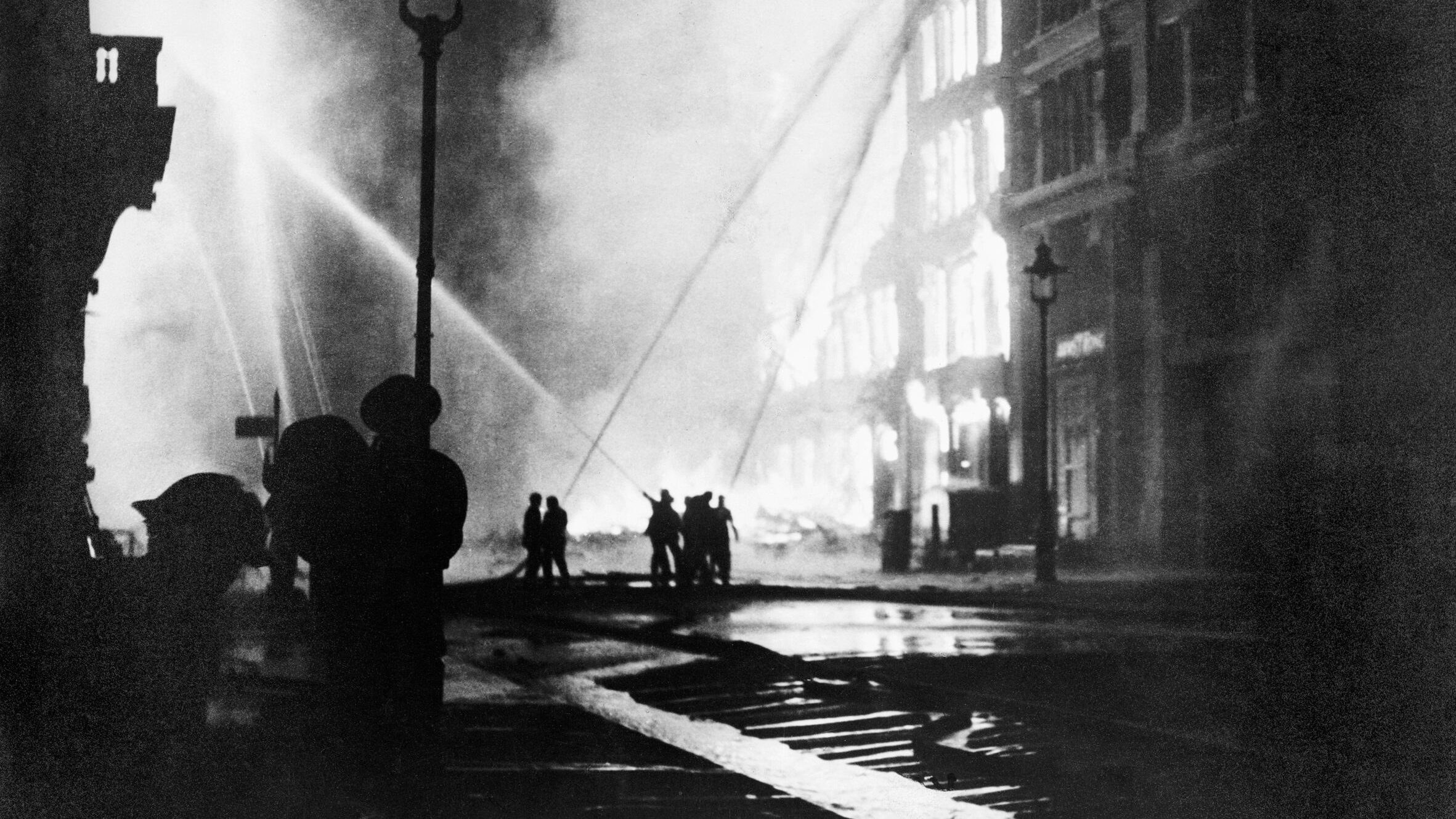
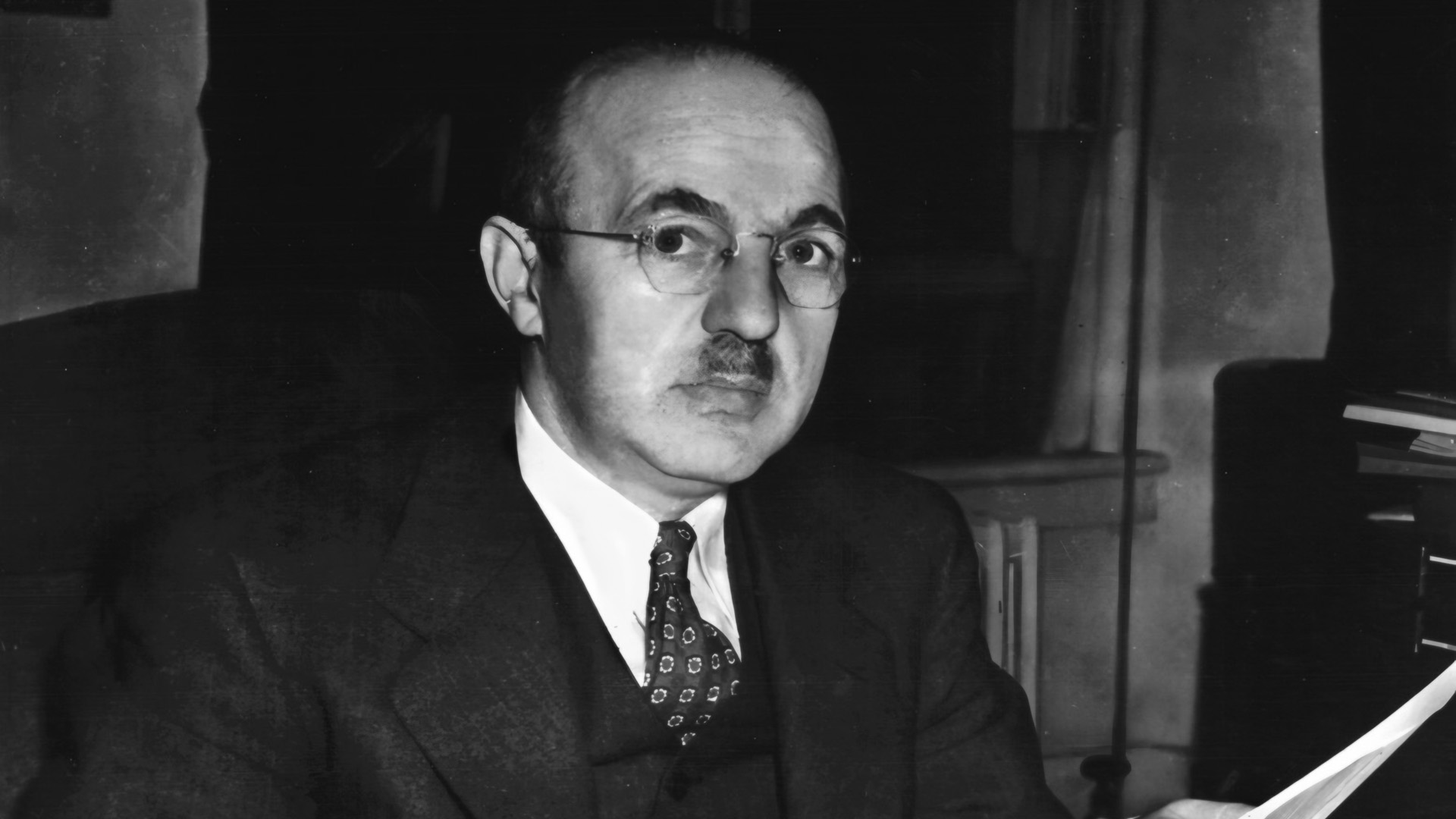
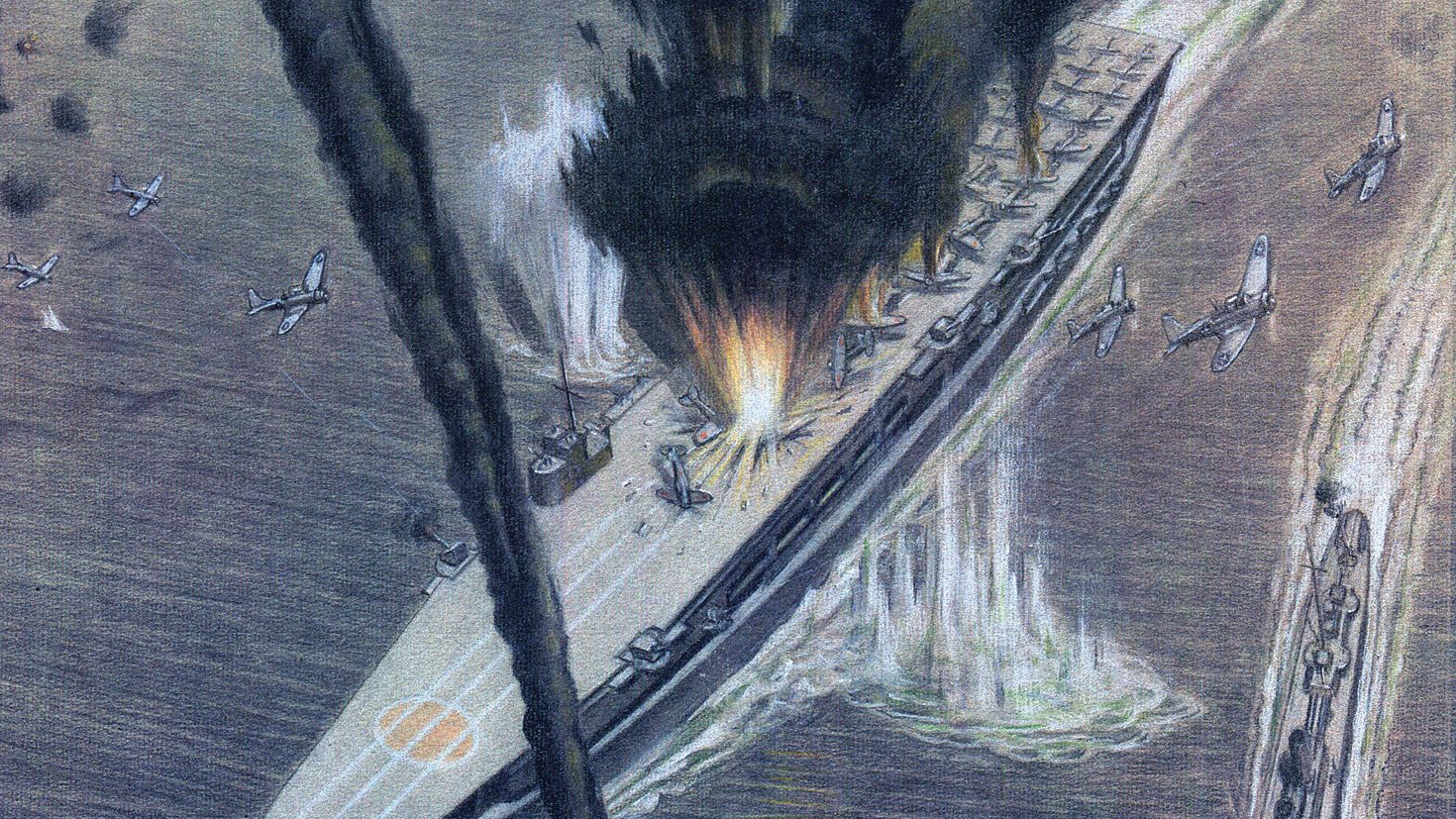
Join The Conversation
Comments
View All Comments